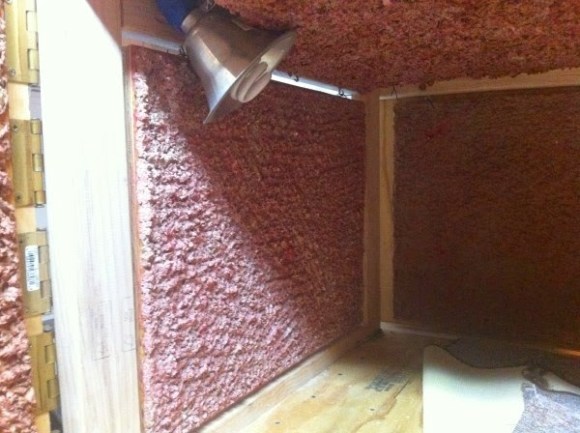
Hackaday – and the projects featured on Hackaday – get a lot of flak in the comments section simply for mentioning an Arduino. The Arduino complainers are, of course, completely wrong; everyone here is trying to make something, not make something in the most obscure possible way.
The Arduino is a legitimate tool, but still there are those among us who despise anything ending in ~duino. This browser plugin is for them. It’s a Chrome extension that selectively replaces or removes Arduino content from Hackaday depending on the user’s preference.
There are three settings to the plugin: See No Evil replaces images of Arduinos with serious business. Hear No Evil removes all occurrences of the word ‘Arduino’ and replaces them with something of your choosing. Speak No Evil removes all posts in the Arduino Hacks category.The last option also removes the ability to comment on any post in the Arduino Hacks category, so obviously the quality of the comments here will drastically increase by tomorrow.
You can grab the plugin on the gits. It’s Chrome only, but if someone wants to port it to Firefox, we’ll gladly put up another post.
There you go, Internet. You’re free now, and the biggest problem in your life has now been solved. Go give [SickSad] a virtual pat on the back, or tell him he could have done the same thing with a 555. Either of those are pretty much the same thing at this point.















